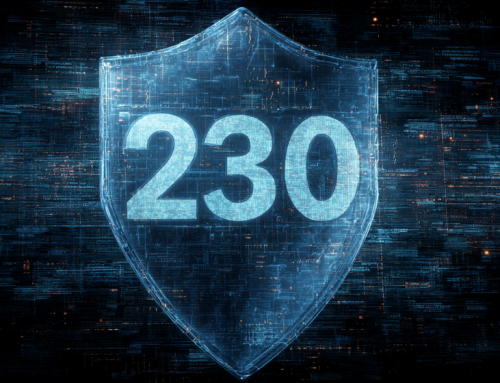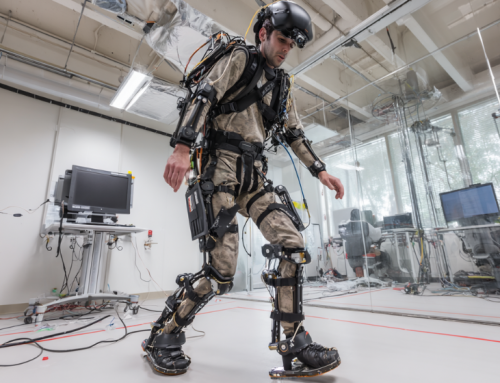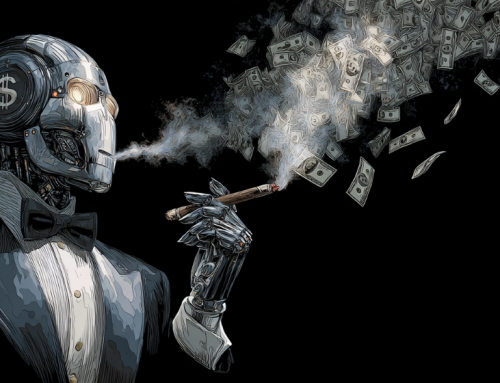
AI authors a wild and crazy Czech robot play. (Source: Adobe Stock)
Czech This Robot Play Out: It’s ‘A Little Kinky, A Little Absurd’
AI has been writing across various media platforms for the past few years, from school books to newspaper articles. The latest AI writing project involves a play about a robot.
Sofia Montiho’s story in Science magazine about a play that premiered online last week describes how it was written mostly by an AI program, with human coaching. But soon more advanced GPT-3 will be able to write on its own, according to project leaders.
A hundred years ago, a play by the Czech author Karel Čapek introduced the word “robot,” telling the story of artificial factory workers designed to serve humans. Now, in a metanarrative twist, a robot itself has written a play that debuted on February 26th.
“It’s a kind of futuristic Little Prince,” says dramatist David Košťák, who supervised the script. Like the classical French children’s book, the 60-minute production—AI: When a robot writes a play—tells the journey of a character (this time a robot), who goes out into the world to learn about society, human emotions and even death.
Created by GPT-2, the OpenAI Natural Language Processing algorithm, this “robot” generates text by drawing from the extensive information on the internet. (You can test it here.) So far, GPT-2, and now the more advanced GPT-3, have been used to write fake news, short stories, and poems.
A Little Kinky, A Little Absurd
The researchers at Charles University in Prague fed the program a prompt to initiate the creation of content. They began with two sentences of dialogue, where one or two characters chat about feelings and experiences. The first input they gave to the AI, for example, was: “Hello, I am robot and it is a pleasure to invite you to see a play I wrote.” The software then generated up to a thousand words of additional text. Lots of human intervention followed to correct its errors. According to the story:
The result is far from William Shakespeare. After a few sentences, the program starts to write things that sometimes don’t follow a logical storyline or statements that contradict other passages of the text. For example, the AI sometimes forgot the main character was a robot, not a human.
“Sometimes it would change a male to female in the middle of a dialogue,” says Charles University computational linguist Rudolf Rosa, who started to work on the project two years ago.
That happens because the program doesn’t really understand the meaning of the sentences, says Chad DeChant, an AI expert at Columbia University.
“It just puts together words that are likely to be used together, one after the other,” says DeChant, who was not part of the play but is curious to watch it. As it keeps going, there is more room for nonsense.
The play may poke the audience’s sensibilities. Tomáš Studeník, a Czech entrepreneur and AI fan who originated the idea for the project, notes a scene in which a boy asks the robot to tell him a joke. The robot says when the boy gets old and dies, and the boy’s children and grandchildren are also dead, he, the robot, will still be around. “It is funny and, at the same time, it sends shivers down your spine when a piece of metal is joking about your mortality,” Studeník says.
The AI author was also a bit kinky. Košťák said sex and violence are themes in the script. In one of the scenes, an initial prompt about euthanasia ended up in a fight between characters about who had whose finger in whose anus. Košťák says the AI reflects what people write about on the internet.
“It is like a child that listens to his parents at home talking about something that they wouldn’t talk about in public,” he says. “Then the kid goes to school and starts to talk about it openly.”
The piece is a fun read and you can find it all at the link below. And this was not written by an AI program.
read more at sciencemag.org







Leave A Comment